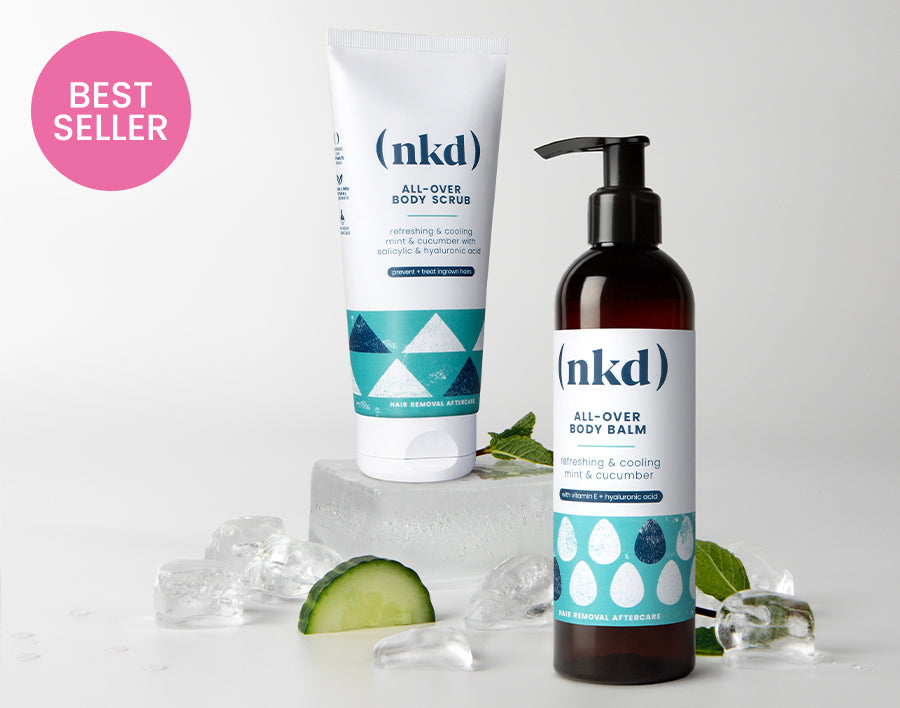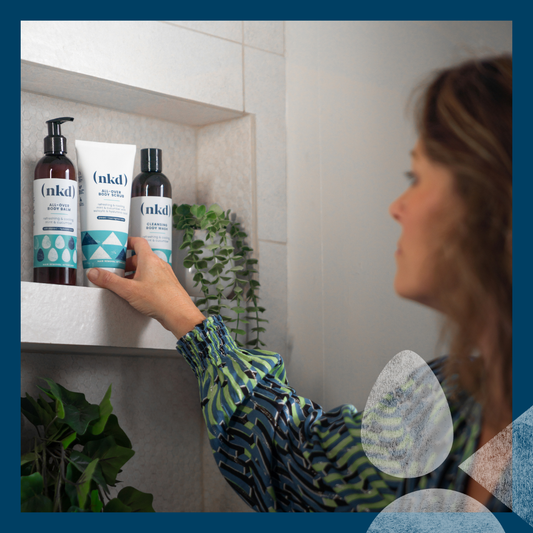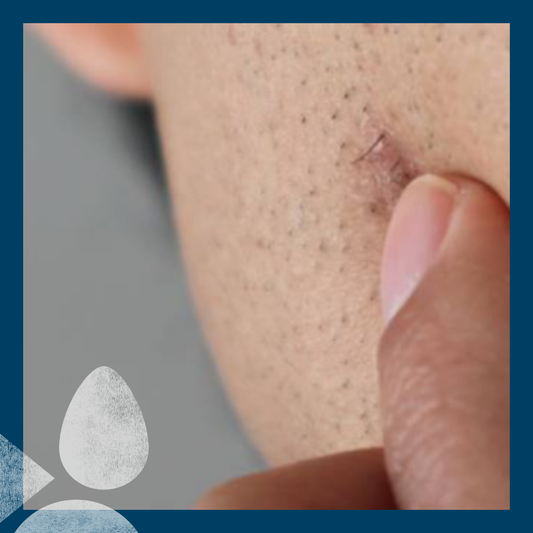What You Need to Know for Laser Hair Removal
Laser hair removal is one of the most popular and effective methods of permanently reducing unwanted hair. This article breaks down everything you need to know, from what it is, how to prepare, what to expect during the procedure, aftercare and potential risks.

What is Laser Hair Removal?
Laser hair removal is a medical procedure that uses a concentrated beam of light to target hair follicles. The pigment in the hair absorbs the light, converting it into heat, which damages the follicle and reduces future hair growth. This treatment is commonly used on areas such as the face, legs, back, underarms and bikini line.
While the procedure is generally safe, it’s important to have it done by a licensed professional to ensure the best results and avoid complications. Laser hair removal is preferred over traditional methods like shaving, waxing, or tweezing due to its long-lasting effects and precision.
Benefits of Laser Hair Removal
-
Precision: Lasers target dark, coarse hairs without affecting surrounding skin, offering high precision.
-
Speed: The laser can treat many hairs at once, allowing small areas (like the upper lip) to be treated in less than a minute and larger areas (like the back or legs) in up to an hour.
-
Predictability: Most people experience permanent hair reduction after three to seven sessions, making it an effective long-term solution.
How to Prepare for Laser Hair Removal
Proper preparation before your treatment is crucial for the best results. Here’s how to get ready for your session:
-
Avoid Waxing or Plucking: Refrain from waxing, plucking, or using electrolysis for at least six weeks before treatment. The laser targets hair follicles, and removing them temporarily can make the treatment less effective.
-
Shave the Area: Shave the area to be treated the day before your session to ensure the laser targets the hair follicles and not long hair, which can cause burns.
-
Avoid Sun Exposure: Stay out of direct sunlight for six weeks before and after the treatment, as tanned skin can increase the risk of side effects and make the procedure less effective.
-
Stop Using Certain Medications: If you’re on any blood thinners or anti-inflammatory medications, consult with your doctor to know what to avoid before the procedure.
-
Consult a Specialist: If you have darker skin, ask your doctor if they recommend skin lightening treatments to make the procedure safer and more effective.
What to Expect During Laser Hair Removal
Laser hair removal typically takes place in a clinical or salon setting. Here's what you can expect during the procedure

Laser Hair Removal Preparation
Your technician will trim the hair to a few millimetres above the skin surface and apply a topical numbing cream to reduce discomfort. The laser settings will be adjusted based on your skin type and hair type.
Laser Hair Removal Procedure
The technician will direct the laser to the treatment area, where pulses of light will be emitted to target hair follicles. Each pulse takes a fraction of a second and can treat several hairs at once.
Laser Hair Removal Sensation
While the treatment can cause mild discomfort, most people compare it to a warm pinprick. It's generally less painful than waxing.
Laser Hair Removal Duration
The length of the session depends on the area being treated, but small areas like the upper lip can be done in minutes, while larger areas may take up to an hour.
Aftercare for Laser Hair Removal
Laser Hair Removal Aftercare is essential for ensuring the best results and preventing any complications.
Follow these steps to care for your skin after laser hair removal
-
Cooling and Moisturising: The treated area may feel sunburned for the first few days. Apply cool compresses and gentle moisturizers to soothe the skin.
-
Avoid Sun Exposure: Stay out of direct sunlight and avoid tanning beds for at least four to six weeks after treatment. Use a broad-spectrum sunscreen to protect the skin from UV damage.
-
Skip Heat and Fragrance: For a few days after treatment, avoid hot showers, saunas, and using products with strong fragrances or alcohol, which can irritate the skin.
-
Avoid Scratching or Rubbing: Don’t pick at the treated area, as this can cause irritation or scarring.
-
Gentle Exfoliation: Once the skin has healed, you may gently exfoliate to help prevent ingrown hairs, but make sure to wait a few days after the procedure to avoid irritation.
How Long After Laser Hair Removal Can You Shave?
Shaving is safe after laser hair removal, and in fact, it’s often recommended to keep the treated area neat and smooth. The treated hair will begin to fall out over the course of several days to weeks, but shaving doesn’t interfere with this process.
Common Risks and Side Effects of Laser Hair Removal
Laser hair removal is generally safe when performed by a trained technician. However, some risks include
-
Skin Discoloration: Treated areas may appear lighter or darker temporarily, especially if exposed to the sun.
-
Swelling and Redness: Minor swelling and redness can occur, but it usually disappears within a few hours to a day.
-
Blistering: Rarely, blisters may form, particularly in people with darker skin tones.
To minimize risks, ensure you go to a reputable clinic and follow all aftercare instructions.
How to Prevent Ingrown Hairs After Laser Hair Removal
Ingrown hairs are a common concern after hair removal treatments. To prevent them
-
Exfoliate Gently: After the healing period, use gentle exfoliation to remove dead skin cells and prevent hair from getting trapped under the skin.
-
Moisturize Regularly: Keeping the skin hydrated helps it heal better and reduces the likelihood of ingrown hairs.
-
Avoid Tight Clothing: For the first few days, avoid tight clothing that can cause friction and skin irritation on treated areas.
Is Laser Hair Removal Right for You?
Laser hair removal is a safe and effective method for long-term hair reduction. While it requires a series of treatments and some careful aftercare, it offers a reliable solution for those tired of shaving or waxing.
By following proper pre-treatment preparation, understanding the procedure, and adhering to aftercare instructions, you can achieve the best possible results with minimal risk. Always consult with a licensed professional to ensure that laser hair removal is the right choice for your skin and hair type.









